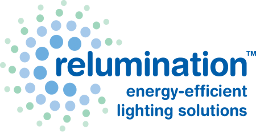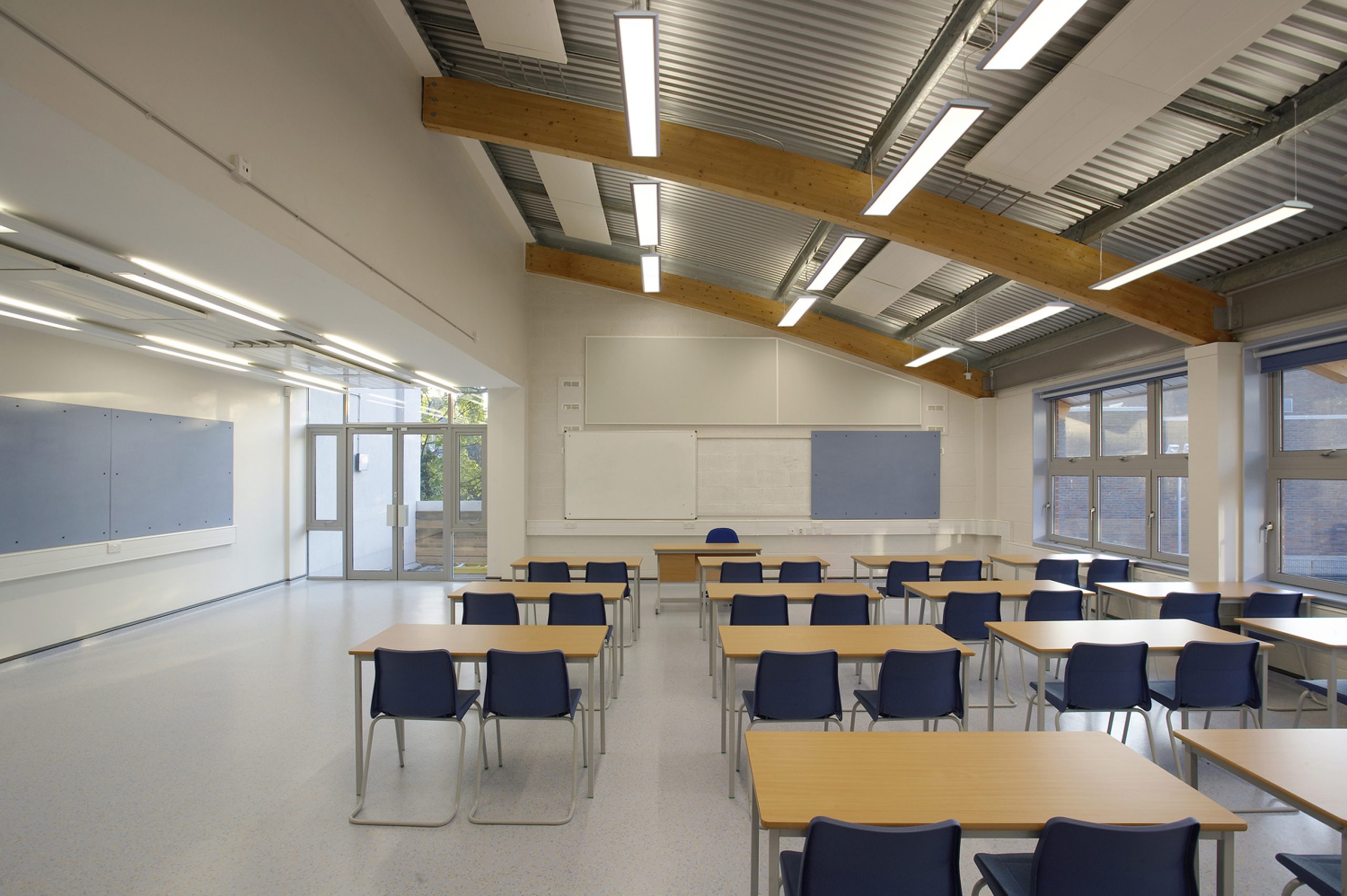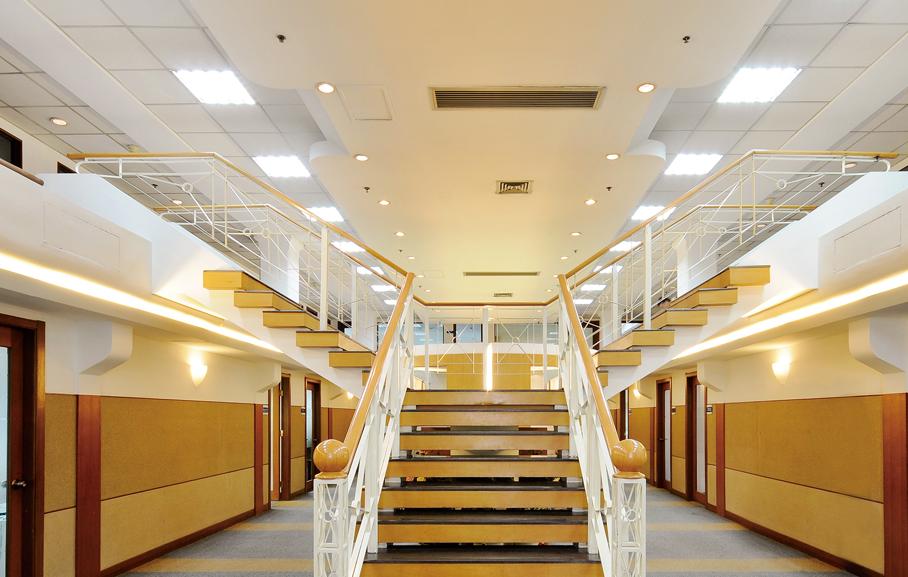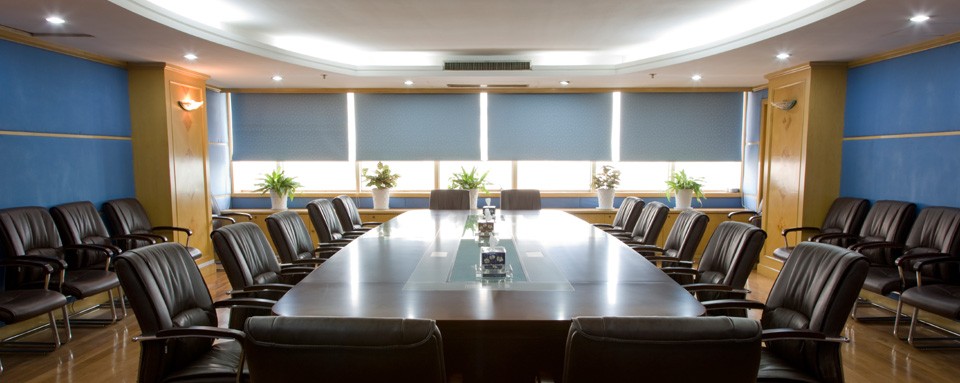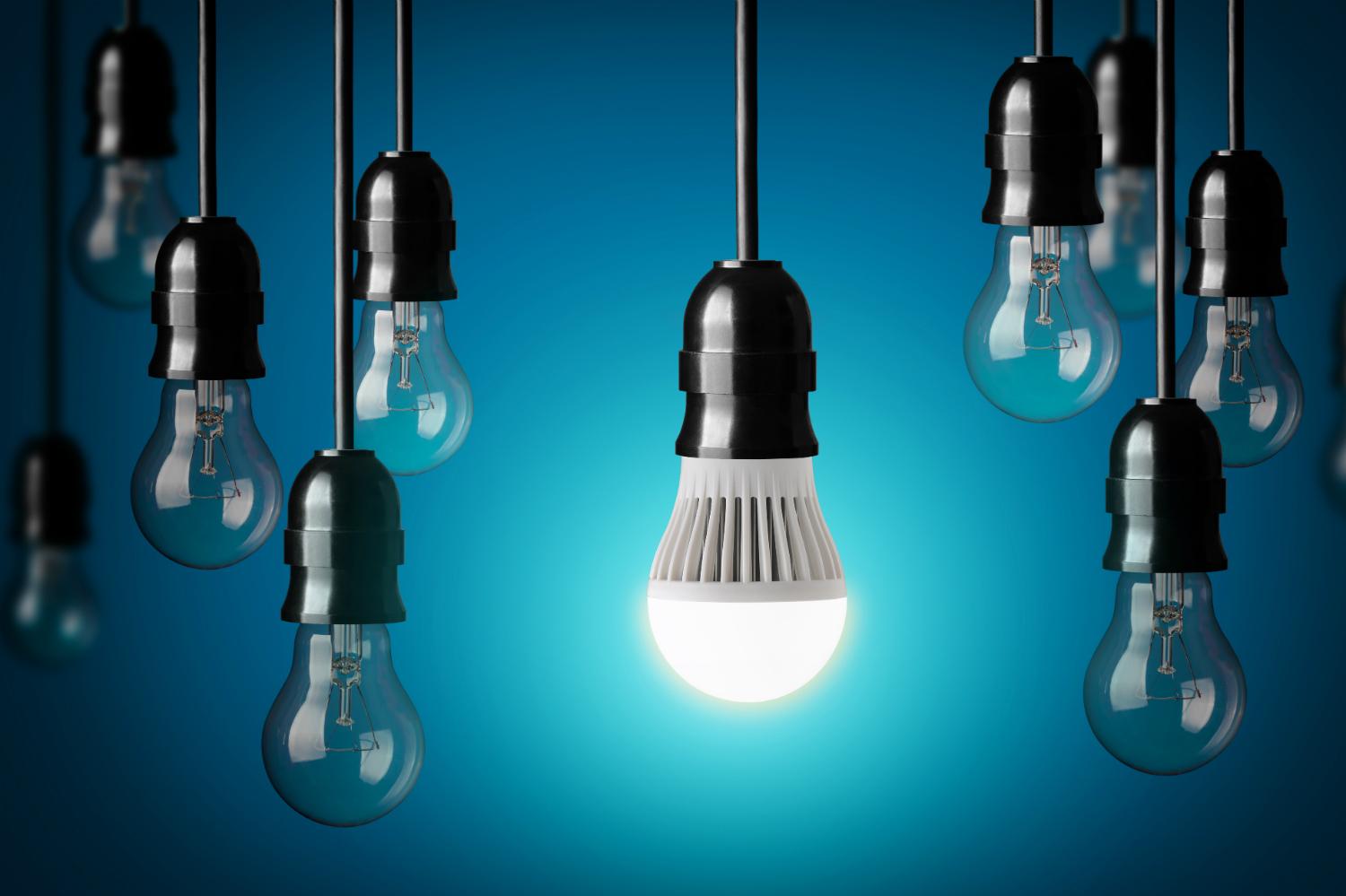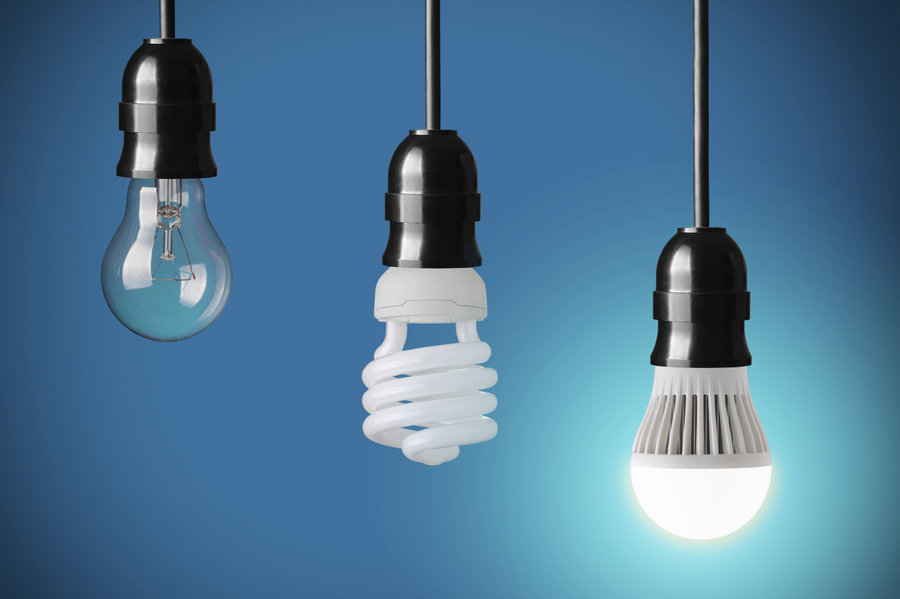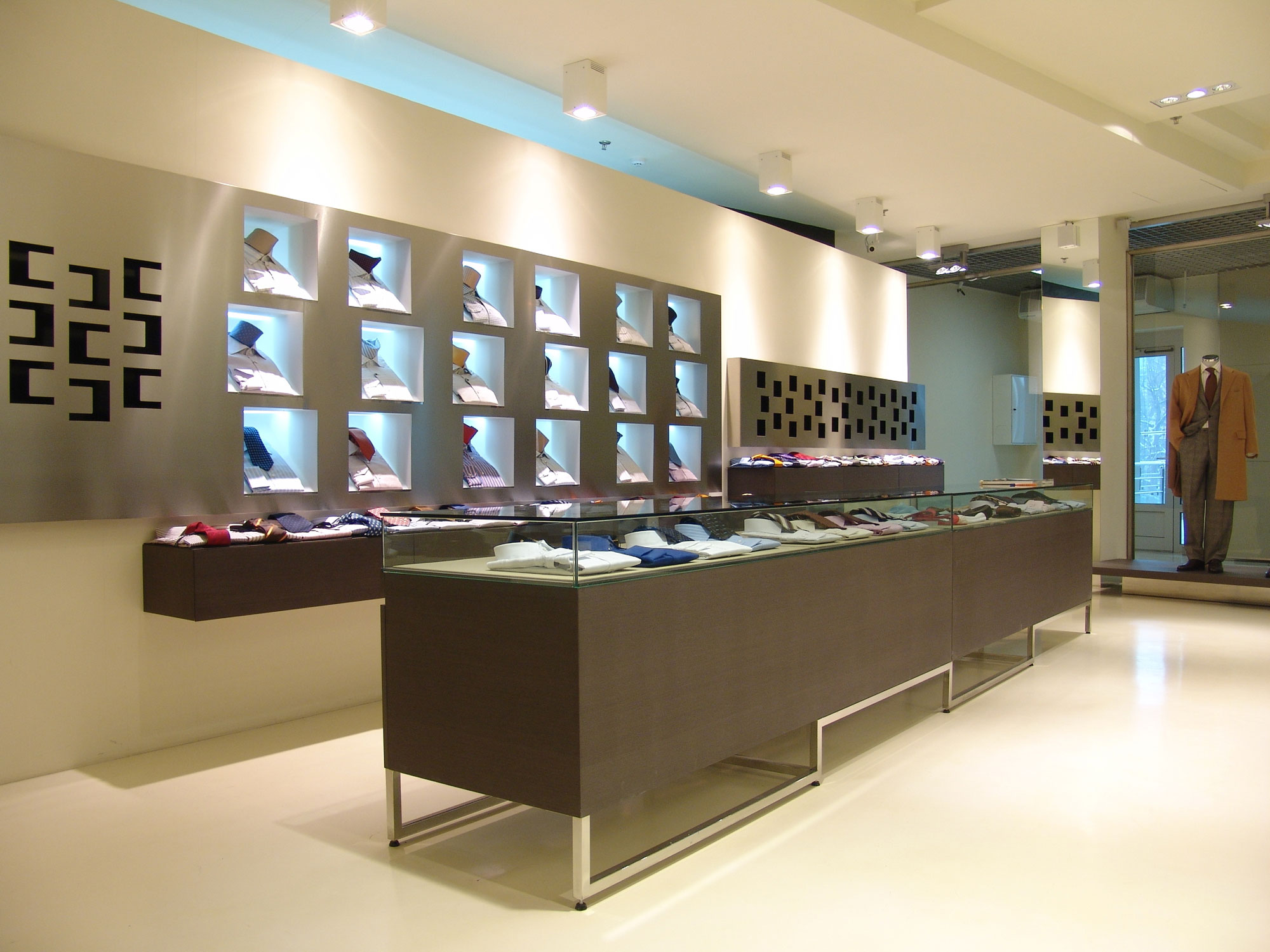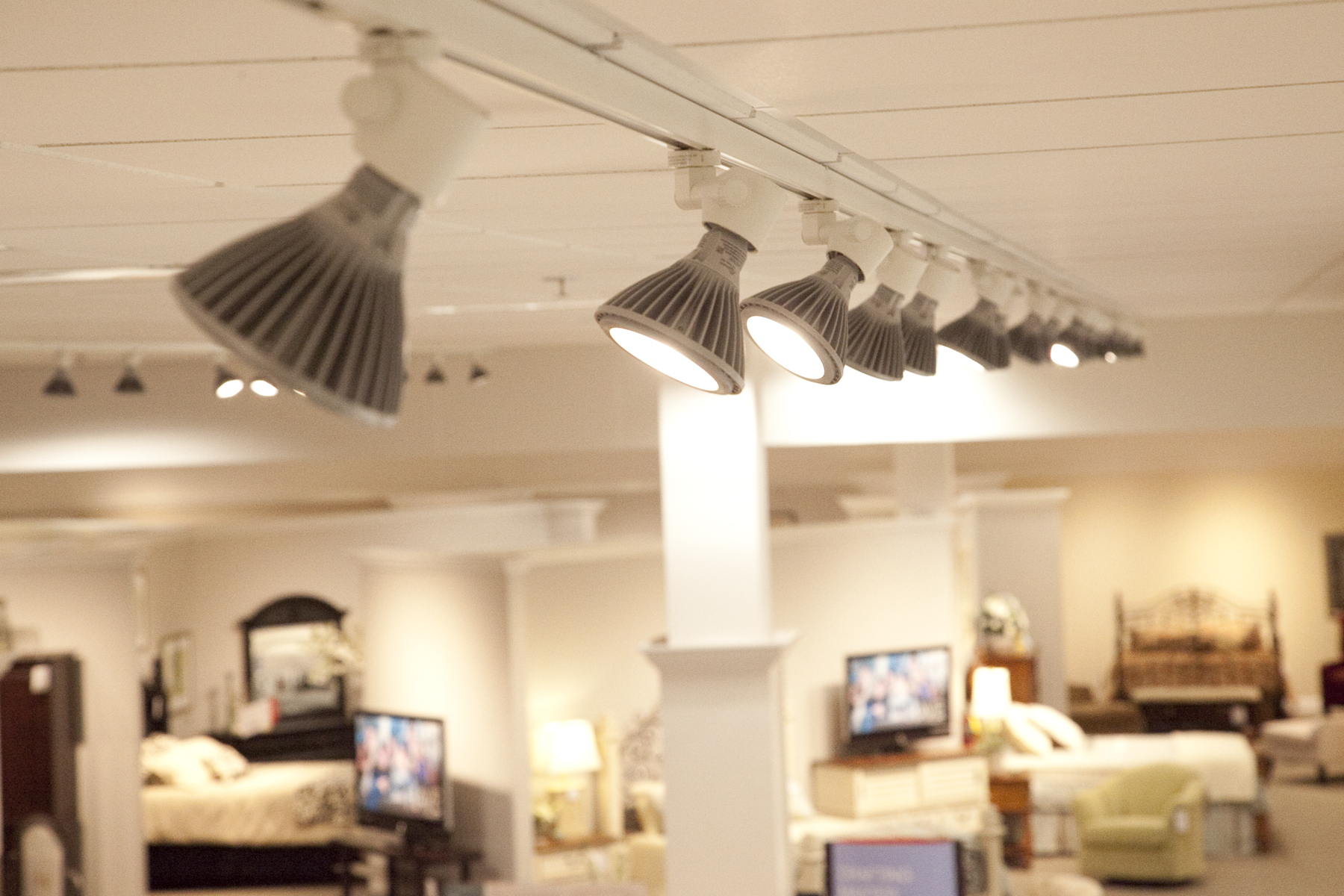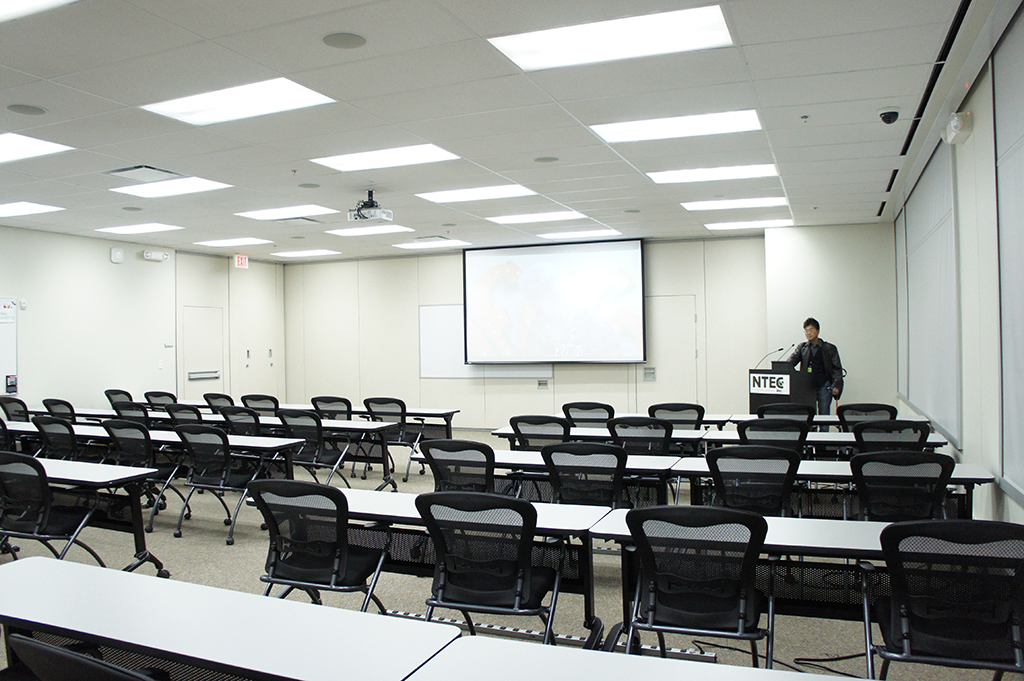 How to Find Business Lighting Rebates
How to Find Business Lighting Rebates
Lighting costs can account for as much as 40 percent of business electric bills, which makes finding eco friendly lighting a high priority for business that are looking to reduce their energy expenses. Lighting rebates can help your business cut costs without spending a lot on light fixtures, so let’s learn how to find these rebates.
How to Find Business Lighting Rebates
DSIRE, the Database of State Incentives for Renewables and Efficiency, offers a clearinghouse of rebates, grants, and initiatives for businesses as well as individuals. DSIRE allows you to sort by sectors, so you only see industrial or commercial savings opportunities. Start by searching DSIRE for potential rebates in your area to identify some ways to save on business lighting.
Don’t overlook your utility company. Many utilities offer a free lighting audit. This can be a great way to quickly learn what lights are hogging your energy and which lights only use a small amount of power. In a light audit, you’ll learn the optimal layout of lights to maximize visibility and save money, the estimates ROI of adding eco-friendly business lighting, proposed finances, and your next steps. If you want to change your business lighting but feel overwhelmed by the process of finding rebates and scheduling electric work, this can demystify the process for you. Your utility company may also have rebate information that they can provide to you free of charge.
Considerations
If you’re thinking you’ll be able to replace everything from the exit sign to the copy closet light with an energy-efficient bulb, think again. Not every type of lighting will be available at a rebate. The good news is, once you switch to energy-efficient fixtures, you will begin to see cost savings immediately!
